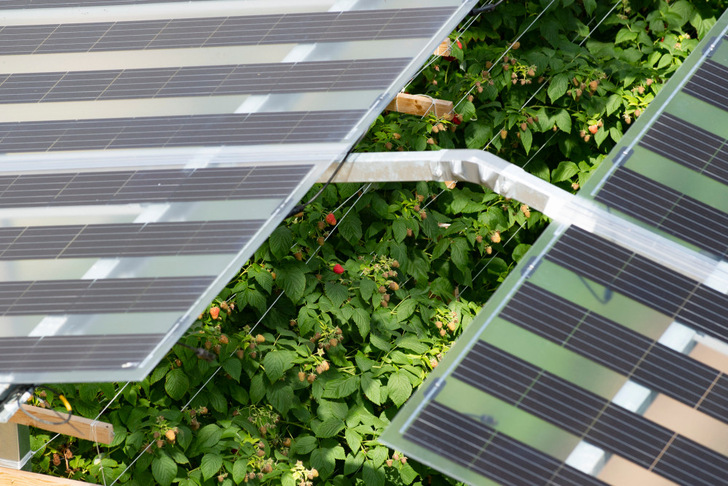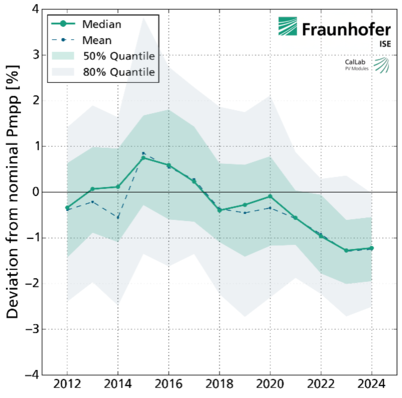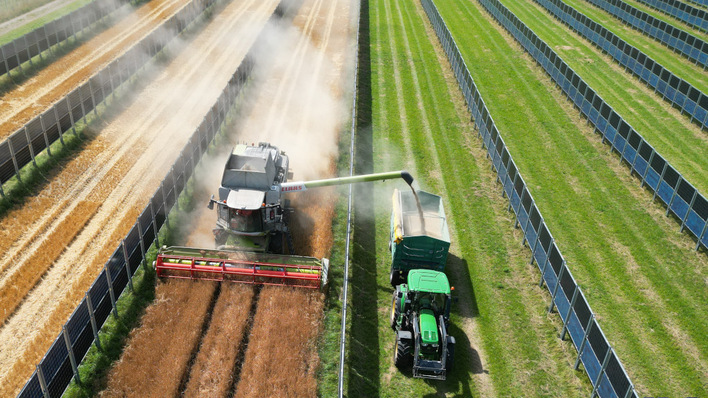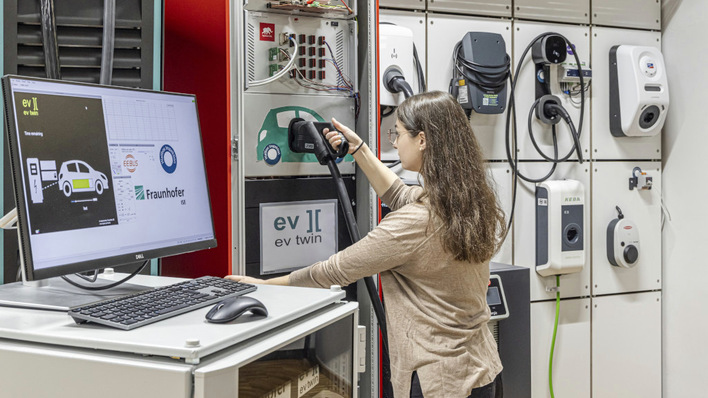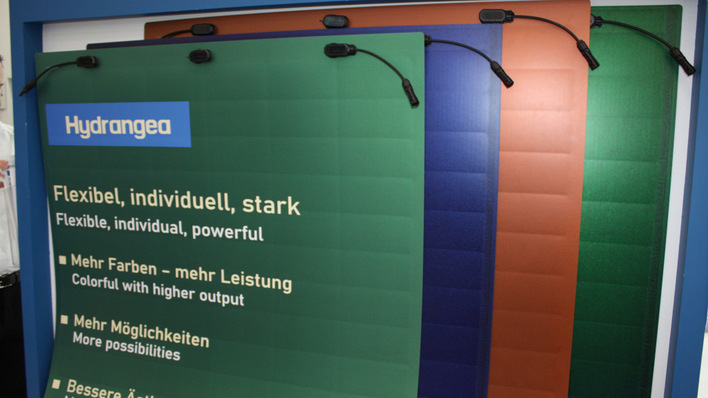A new chapter on economic efficiency and business models with agrivoltaics has been added. Suggestions on how to further advance agrivoltaics are also presented. The aim of the guide is to provide farmers, municipalities and companies with practical advice on how to use Agri-PV.
The potential of the technology is huge: with around four percent of German agricultural land and high-mounted Agri-PV, around 500 terawatt hours of electricity could be generated, which is roughly equivalent to the current electricity demand in Germany. The costs are now also impressive. With electricity generation costs of between six and eleven cents per kilowatt hour, agri-PV is now quite competitive with other power generation technologies.
Provide new sources of income for farms
In the foreword to the guide, Federal Minister of Agriculture Cem Özdemir comments: "Clever technical know-how is the way to expand photovoltaics without taking valuable land away from agriculture. What's more, the special solar systems can provide new sources of income for farms. Second, they increase resilience."
Did you miss that? Agrivoltaics a global trend
The guide describes the international development of the still young technology, for example in the USA, France or Chile, and shows successful application examples. At the same time, it points out hurdles for the use of agrivoltaics in Germany. "The fact that agrivoltaics is to be included in the regular tenders of the Renewable Energy Sources Act (EEG) and that the areas no longer fall outside the EU agricultural subsidies are important prerequisites for the expansion of agrivoltaics," says Max Trommsdorff, Group Leader Agri-PV at Fraunhofer ISE.
72 pages publication
"In the design of the EEG amendment, it now appears important that highly elevated plants are given a realistic chance in the first years of the subsidy to be awarded a contract in the tenders in competition with conventional ground-mounted plants. A premium of half a cent per kilowatt-hour will certainly not be sufficient for this."
The authors of the guide come from the research institutes Fraunhofer ISE and Karlsruhe Institute of Technology KIT, the University of Hohenheim, the Weihenstephan-Triesdorf University of Applied Sciences, as well as the company BayWa r.e. and the law firm Becker Büttner Held Rechtsanwälte (BBH). The publication now comprises 72 pages, is free of charge and is available for download online, now also in English. (hcn)
Also download for free our special: Solar power for farmers and by farmers


